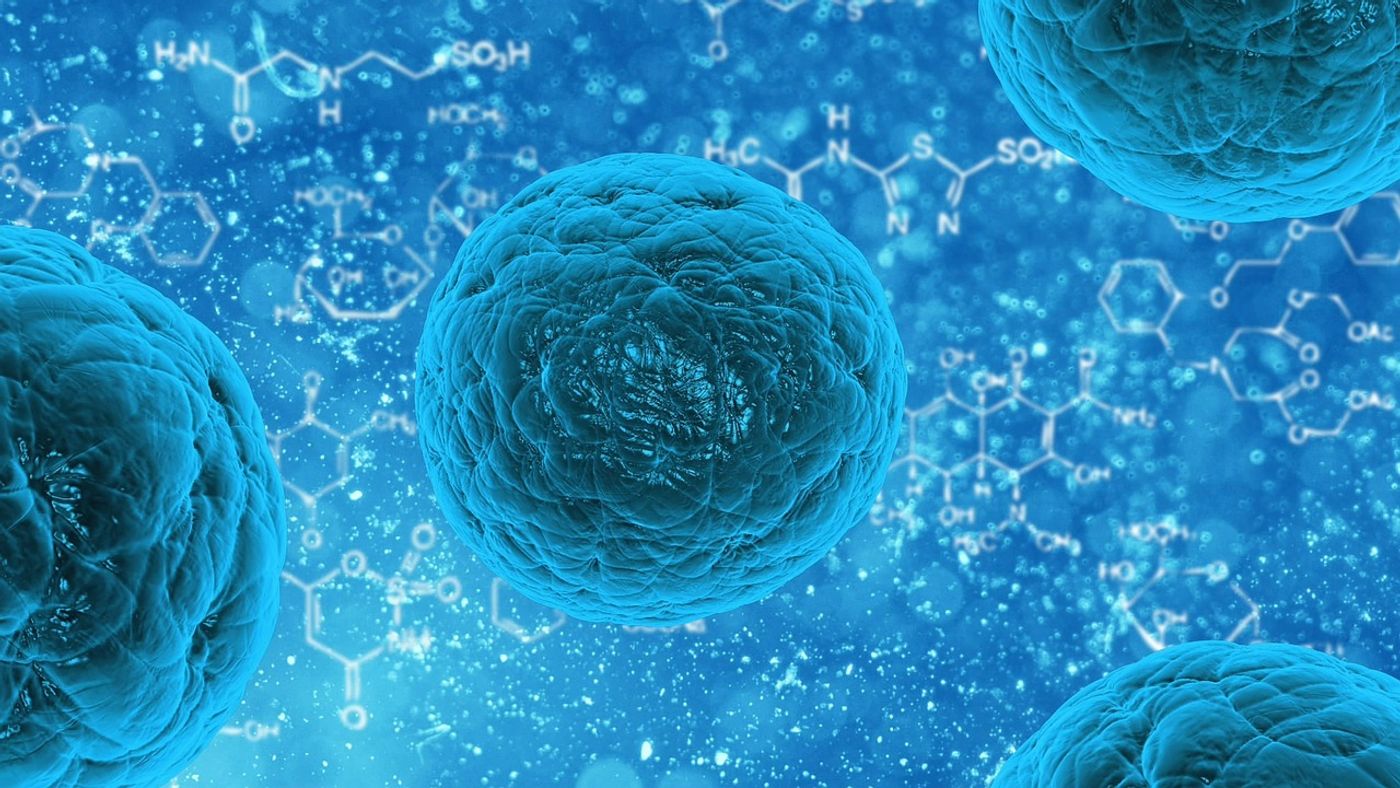Nature's 'Electric Grid' Uses Light to Accelerate Conductivity
In a recent study published in Nature Communications, a team of researchers led by Yale University discusses nature’s ‘electric grid’ and how electronic activity within biofilm bacteria is created by light. This study holds the potential for effective production of value-added chemicals, biofuels, and biodegradable materials, and was collaborated with Oxford Instruments Asylum Research in Santa Barbara, CA. For the study, the research team discovered a 100-fold increase in electrical conductivity when they exposed bacteria-producing nanowires to light.
"The dramatic current increases in nanowires exposed to light show a stable and robust photocurrent that persists for hours," said Dr. Nikhil Malvankar, who is an associate professor of Molecular Biophysics and Biochemistry (MBB) at Yale's Microbial Sciences Institute on Yale's West Campus, and a co-author on the study.
Nearly all living things breathe oxygen when they convert nutrients into energy and expel excess electrons in the process. However, without oxygen, soil bacteria living in the deep ocean or buried underground for billions of years have evolved by “breathing minerals,” such as snorkeling, via tiny protein filaments called nanowires.
The research team was surprised by the increase in electrical current when they exposed the bacteria to light since most of the tested bacteria lived deep in the soil and far from light. They concluded that a metal-containing protein called cytochrome OmcS—which compromises bacterial nanowires—serves as a natural photoconductor, meaning the nanowires clear the way for electron transfer when the biofilms are exposed to light.
"It is a completely different form of photosynthesis," Malvankar said. "Here, light is accelerating breathing by bacteria due to rapid electron transfer between nanowires."
The next step for Malvankar’s lab is to explore how this conductivity can be used to enhance growth in optoewelectronics—which is a subfield of photonics that examines systems and devices that locate and control light—with the goal of capturing methane, which is a greenhouse gas and one of the primary culprits to climate change.
Sources: Nature Communications
As always, keep doing science & keep looking up!









